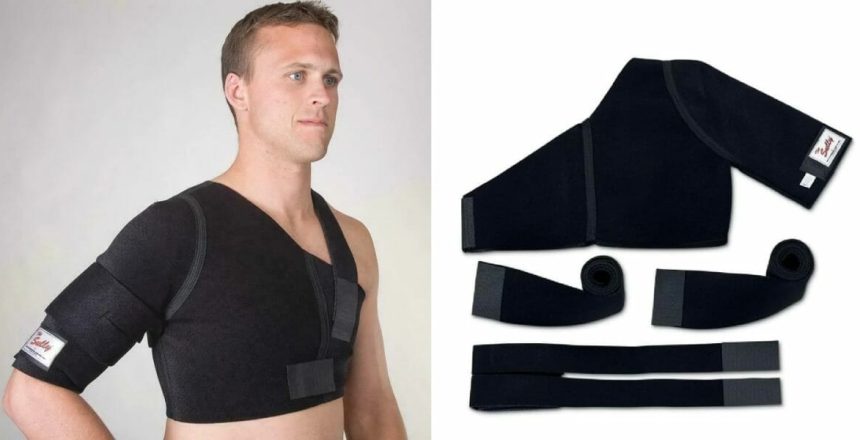Shoulder injuries can be incapacitating and substantially influence our daily lives. Fortunately, various therapeutic alternatives are available to help with rehabilitation. The Sully shoulder brace is one such alternative.
Designed to give support and stability, the sully shoulder brace can be a helpful aid in treating shoulder problems. You can also check this one out if you want to know how breg knee braces helps you with you knee pain and therapy. They provide how and why you should use brace as you move around.
This post will look at the different types of injuries for which the Sully shoulder brace is advised and how it can help with the recovery process.
Understanding the Sully Shoulder Brace
The Sully shoulder brace is a specialist orthopedic device that supports and protects the shoulder joint. It features adjustable straps and cushioning for a secure and comfortable fit. The brace compresses and gently presses the problematic area, providing stability and lowering pain while moving. Its one-of-a-kind design allows for a full range of motion while providing the required support to aid in healing.
Common Shoulder Injuries
Rotator Cuff Tears and Strains
The rotator cuff consists of tendons and muscles surrounding the shoulder joint. Rotator cuff rips and strains are common injuries resulting in pain, weakness, and movement limitations. The Sully shoulder brace can immobilize and support the shoulder while the injured tissues heal. It also aids in pain relief and stability during daily activities and rehabilitation exercises.
Shoulder Dislocation
When the humerus bone pops out of its socket in the shoulder blade, this is referred to as shoulder dislocation. This damage can result in excruciating pain and instability. The Sully shoulder brace is critical in immobilizing the shoulder joint, minimizing additional injury, and aiding healing. During the healing period, it provides the required support and protection.
Shoulder Impingement
Shoulder impingement occurs when the shoulder’s tendons and bursa become squeezed, causing inflammation and pain. The Sully shoulder brace can help reduce pain and suffering by relieving pressure on the afflicted area. It also encourages normal shoulder alignment and supports the shoulder during exercises, allowing wounded tissues to heal correctly.
Shoulder Instability
Shoulder instability is a disorder that causes the shoulder joint to dislocate or subluxate (partially dislocate). The Sully shoulder brace benefits people with shoulder instability by providing stability and limiting excessive movement. It helps to avoid additional dislocations and strengthens the surrounding muscles.
Acromioclavicular (AC) joint injuries
Injuries to the AC joint, such as separations or sprains, involve damage to the joint where the collarbone meets the shoulder blade. By providing compression and support, the Sully shoulder brace can assist in alleviating tension on the AC joint. It helps to prevent mobility in the area, allowing the injured ligaments and tissues to recover appropriately.
Proper Usage and Fit of the Sully Shoulder Brace
Follow proper usage and appropriate recommendations to optimize the benefits of the Sully shoulder brace. The brace should be worn as prescribed by a healthcare practitioner or as directed by the manufacturer. Adjustments should be made to guarantee adequate alignment and support, and it should fit snugly but pleasantly. The suggested recovery length and duration of brace use will vary based on the severity of the injury and the individual’s specific condition.
In Conclusion
The Sully shoulder brace is an effective treatment and management tool for various shoulder ailments. The brace can give the required support, stability, and protection to aid healing.
However, consulting with a healthcare practitioner for an appropriate diagnosis and individualized treatment plan is critical.
When used with adequate medical direction, the Sully shoulder brace can be a practical assistance in treating and rehabilitating shoulder injuries, assisting individuals in regaining strength, mobility, and overall quality of life.
